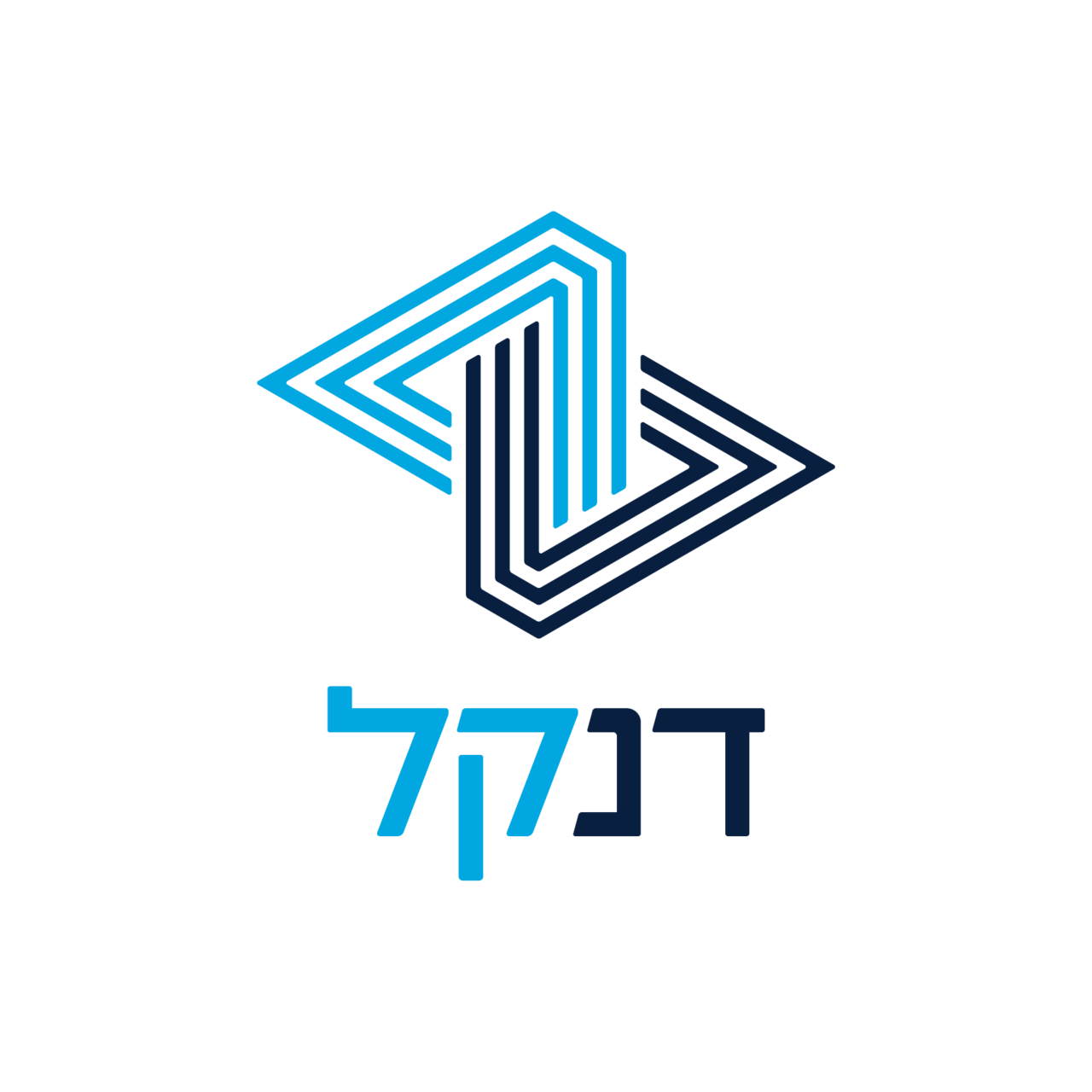The light rail will consist of two connected carriages, with a total length of 70 m and a width of 2.65 m. Such a train comfortably holds about 450 passengers, with part of the space dedicated to fixed seats, and some allowing for comfortable standing with numerous grip handles. The carriages are accessible for wheelchairs and prams, and in addition you can find advanced LED lighting, Wi-Fi network and information screens.
The train will have a rounded and modern bow. It is equipped with a complex mechanism of vertical and horizontal shock absorbers – also adapted for traveling in tunnels, to allow a fast, smooth and quiet ride. Riding in the tunnels also requires strict safety standards: Security cameras will be installed in the carriages, which will constantly broadcast to both the driver’s cab and the train’s control center. In addition, passengers will be able to communicate in an emergency with the driver and the control center via a digital intercom system installed in each caravan.
electric train
The light rail is electric, and has no separate locomotive. It has eight motors installed in the carriages, and it is powered by electricity through an overhead cable along the route of its journey. This is one of the great benefits of a light rail – which does not pollute the environment. And there is another important advantage: the train not only consumes electricity, but also produces it! When the train brakes, or travels downhill, it actually produces energy that is returned to the electrical system. In this way, the train itself produces about 15 percent of the energy it needs.
Automatic driver
Trains are the only means of transportation without a rudder. Trains are the only means of transportation without a rudder. Instead of a steering wheel, the train driver has a “stick” for speed control – and it too can be used at ground level only. When the train travels in a tunnel (where it does not have to be integrated into vehicular traffic), the speed is also automatic and is achieved through remote control, similar to that of metro trains. When the train travels at ground level, it is coordinated with the traffic light system and receives preference at intersections in order to shorten the travel time.
The sandbox of the train
The friction between the train wheels and the track is much lower than the friction of a tire on the road. This allows her smooth and easy movement on the tracks on the one hand, but it also means it is harder for her to brake. For this purpose, the trains are equipped with sand tanks built into the carriages. When braking, the sand is injected in front of the wheels, in order to produce the friction required for stopping.




